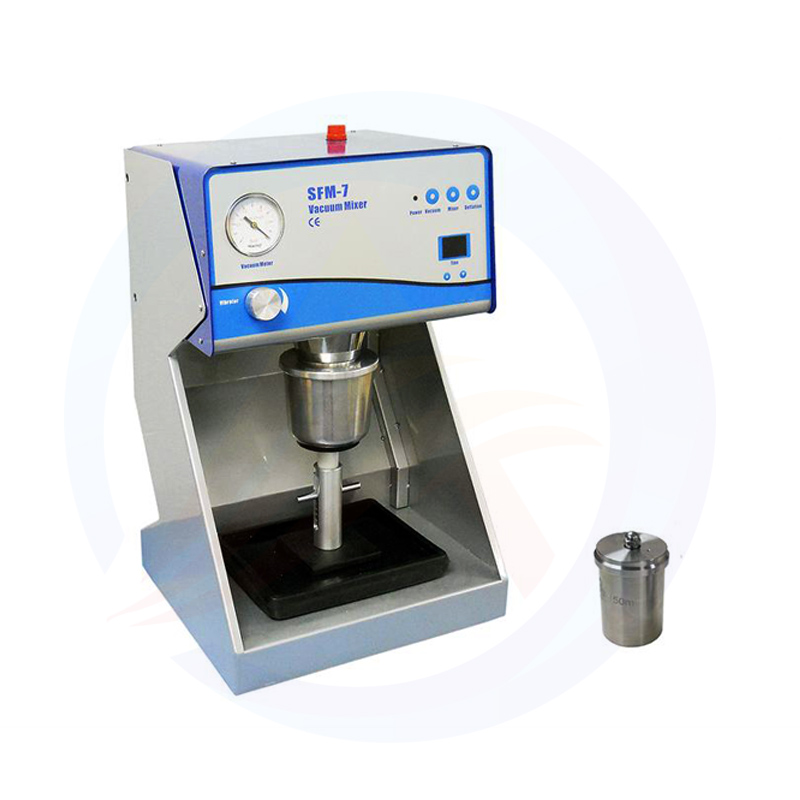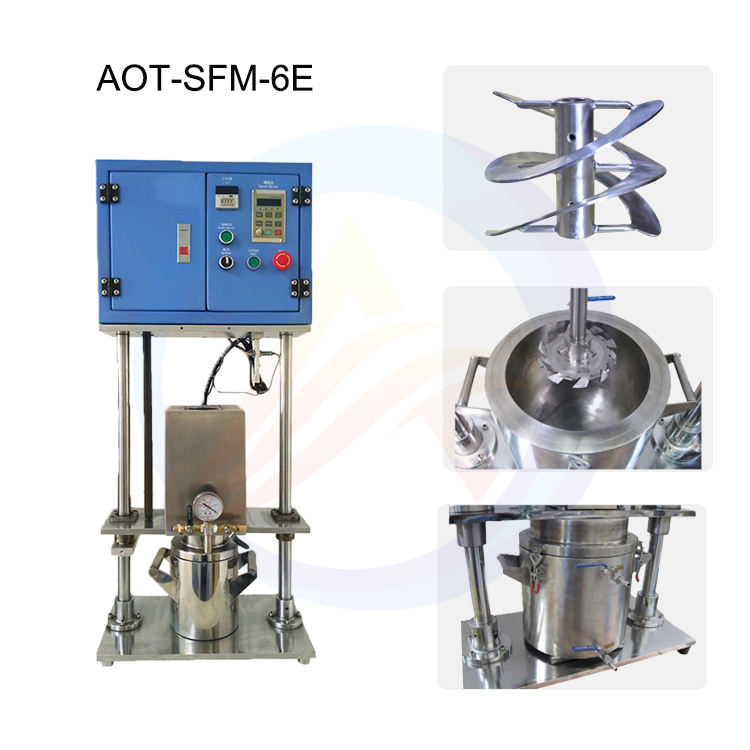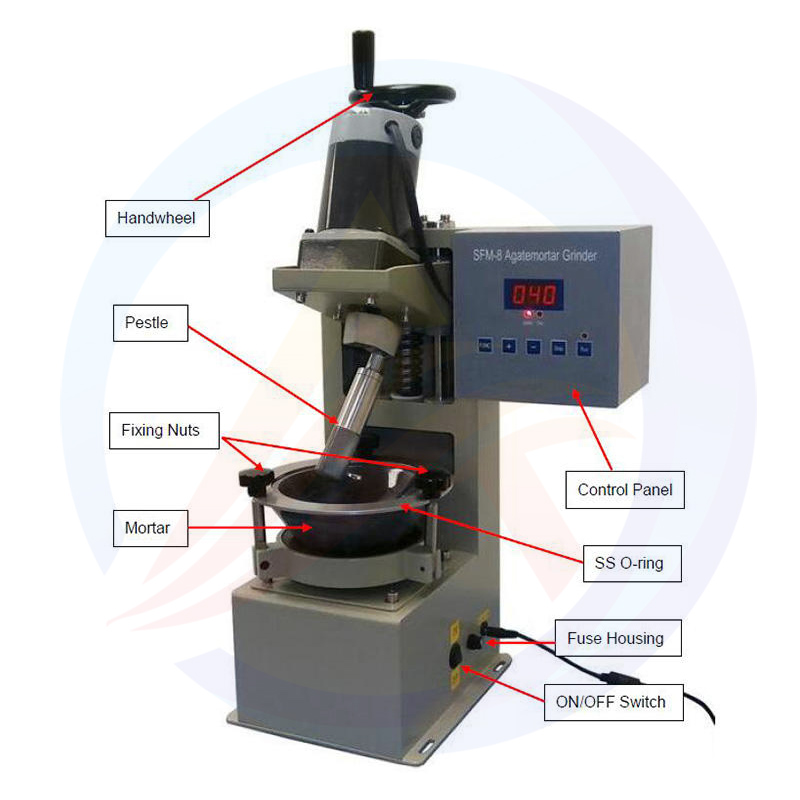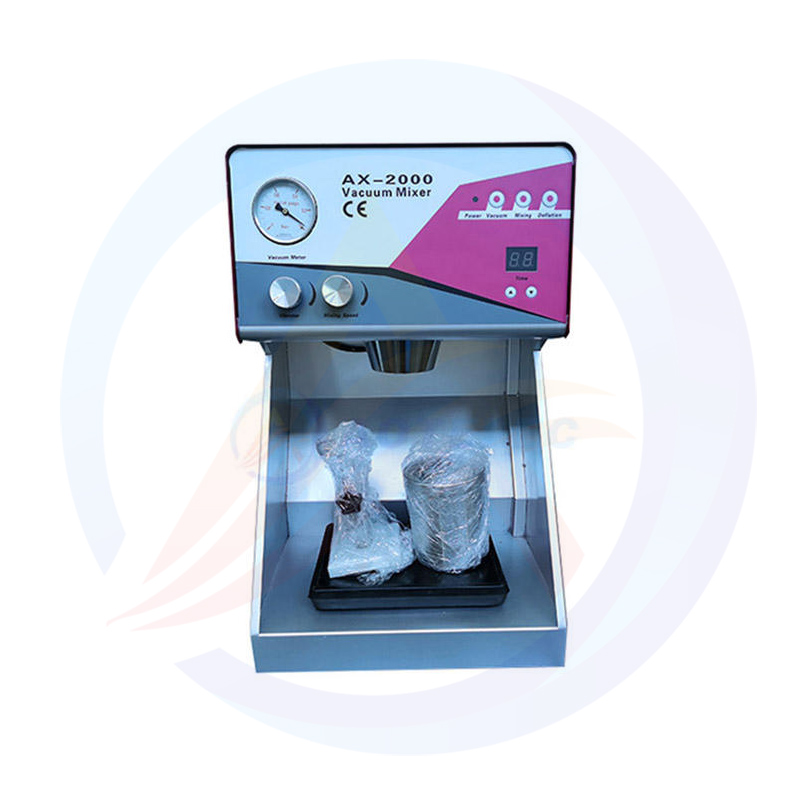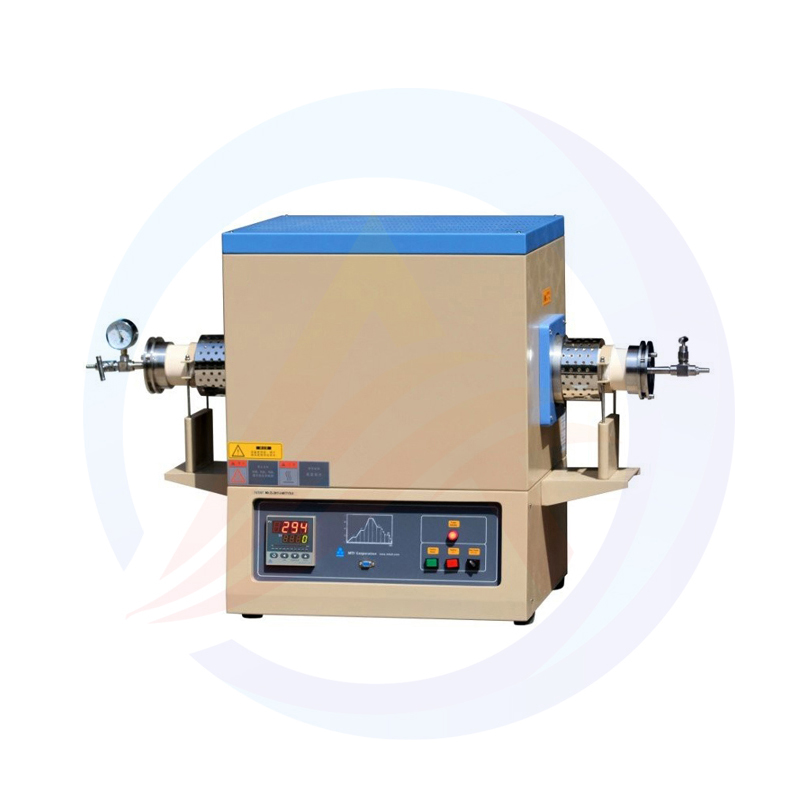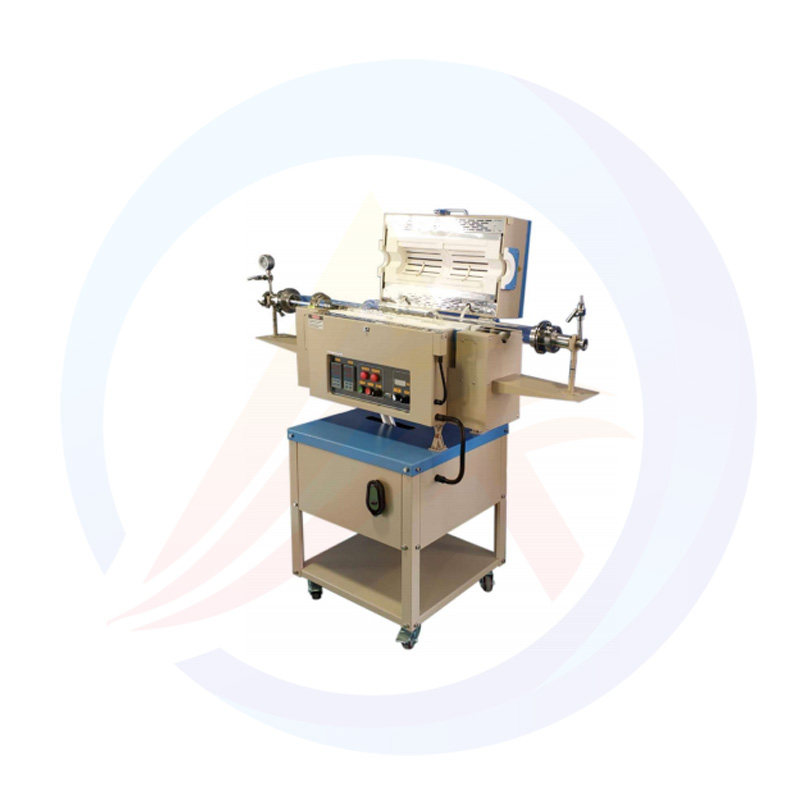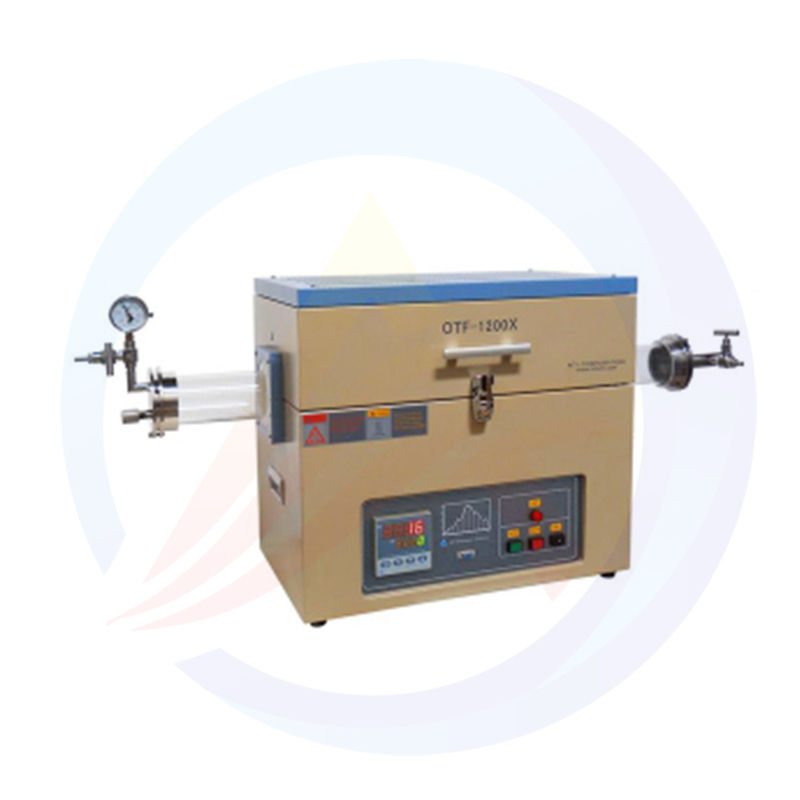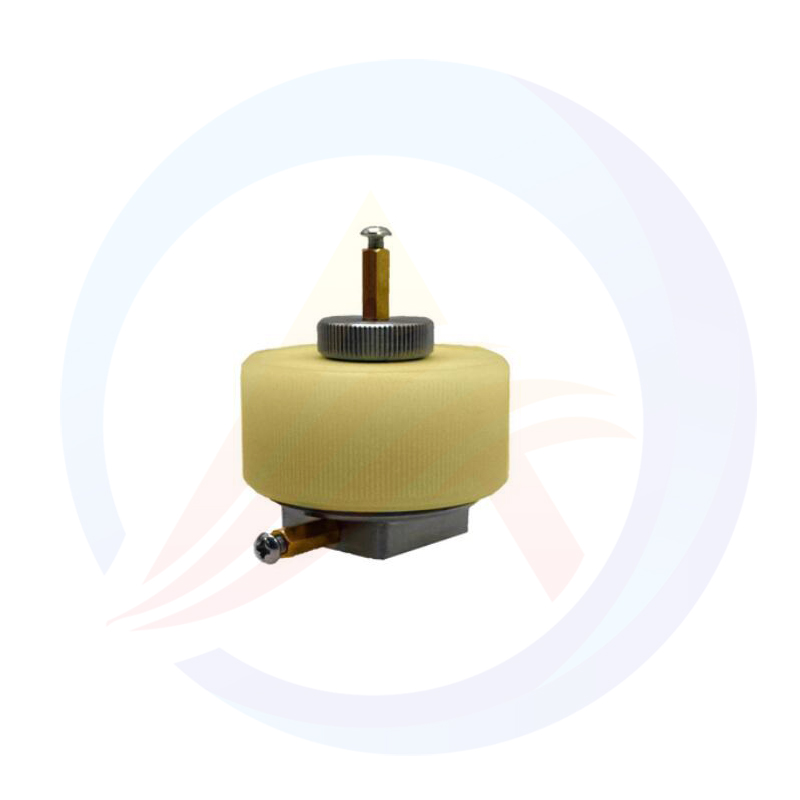Electrode Die Cutting Machine introduction
Electrode Die Cutting Machine, as a professional industrial equipment, is mainly used for precise cutting and blanking electrode materials, such as copper foil, aluminum foil and so on.

Definition and Functionality
The Electrode Die Cutting Machine, also known as an electrode punching or die-cutting machine, is a specialized equipment designed for precisely cutting and punching electrode materials into desired shapes and sizes. It plays a crucial role in various industries, including battery manufacturing, semiconductor processing, and electronic component production.
Working Principle
1) Material Preparation and Positioning:
The electrode material, such as copper foil or aluminum foil, is carefully prepared and placed on the worktable of the machine.
Precision alignment devices ensure that the material is positioned accurately to meet the cutting specifications.
2) Die Selection and Installation:
A die, specifically designed to cut the electrode material into the desired shape and size, is selected.
The die is then installed on the machine, typically within a frame or holder, ensuring a secure and precise fit.
3) Power and Control System Activation:
The machine's power source is activated, providing the necessary electrical energy to operate the cutting process.
The control system, often equipped with advanced technology, is engaged to regulate the cutting parameters such as pressure, speed, and timing.
4) Cutting Process:
As the machine is activated, the die descends onto the electrode material with significant force.
The shearing action between the die's cutting edges and the material results in a clean, precise cut.
The cutting process is typically quick and efficient, minimizing material waste and maximizing productivity.
5) Waste Disposal and Collection:
After the cutting process, the waste material (i.e., the portion of the electrode that was not retained as a finished product) is automatically or manually removed from the work area.
The cut electrodes are collected and prepared for further processing or assembly.
6) Automation and Repeatability:
Modern Electrode Die Cutting Machines often incorporate automation features, allowing for continuous and repeatable cutting cycles with minimal operator intervention.
This enhances productivity, ensures consistency in the finished product, and reduces the potential for human error.
7) Safety Measures:
The machine is designed with safety features to protect operators from potential hazards during the cutting process.
These may include emergency stop buttons, guards to prevent access to moving parts, and safety interlocks to ensure that the machine cannot be operated unless all safety conditions are met.
Key Features and Advantages
1) Efficiency: The Electrode Die Cutting Machine offers high-speed, continuous cutting operations, significantly enhancing production efficiency.
2) Precision: With precision dies and control systems, it ensures dimensional accuracy and shape consistency of the electrode materials.
3) Flexibility: The machine's versatility lies in its ability to accommodate different dies for various electrode requirements, enabling one machine to serve multiple purposes.
4) Automation: Modern Electrode Die Cutting Machines are equipped with automated control systems and waste disposal mechanisms, reducing manual intervention and labor intensity.
Market Trends
Driven by the growing demand for electrode materials in the energy, electronics, and communication sectors, the market for Electrode Die Cutting Machines is expanding. Technological advancements and market competition are pushing the industry towards more efficient, precise, and automated solutions.
In conclusion, the Electrode Die Cutting Machine is a vital tool for industries requiring precise cutting and punching of electrode materials. Its efficiency, precision, flexibility, and automation capabilities make it an indispensable asset in modern manufacturing processes.
Application Scenarios
The Electrode Die Cutting Machine finds extensive applications across various industries that require precise and efficient cutting of electrode materials. Some of the key application scenarios for this machine are:
1) Battery Manufacturing:
In the production of lithium-ion batteries and other types of batteries, electrodes are critical components. The Electrode Die Cutting Machine is used to cut electrode foils into precise shapes and sizes for the anode and cathode, ensuring optimal performance and energy density of the battery.
2) Electronics Industry:
The electronics industry relies heavily on electrodes for various components, such as capacitors, resistors, and sensors. The Die Cutting Machine enables manufacturers to produce electrodes with tight tolerances and high precision, which are crucial for the functionality and reliability of electronic devices.
3) Fuel Cells:
Similar to batteries, fuel cells also utilize electrodes for their operation. The Electrode Die Cutting Machine is employed to cut electrode materials into the exact dimensions required for fuel cell stacks, contributing to their overall efficiency and performance.
4) Semiconductor Manufacturing:
Although not directly related to electrodes in the traditional sense, semiconductor manufacturing involves precision cutting and shaping of various materials. The principles of die cutting can be applied in this context to produce micro-structures and components with extreme precision.
5) Electroplating and Surface Treatment:
In processes like electroplating and surface treatment, electrodes play a crucial role. The Electrode Die Cutting Machine can be used to prepare electrodes with specific geometries, ensuring uniform and efficient plating or treatment of workpieces.
6) Research and Development (R&D):
In R&D settings, scientists and engineers often need to test and prototype new electrode designs. The Electrode Die Cutting Machine provides a flexible and precise tool for creating custom electrode shapes and sizes, facilitating the rapid development and iteration of new technologies.
7) Automotive Industry:
The automotive industry utilizes batteries and fuel cells in electric and hybrid vehicles. The Electrode Die Cutting Machine is an essential part of the supply chain for these vehicles, ensuring the high-quality production of electrodes for their power systems.
8) Aerospace and Defense:
In aerospace and defense applications, where weight and efficiency are critical, the Electrode Die Cutting Machine helps produce lightweight and high-performance electrodes for use in advanced systems such as power generation, propulsion, and sensors.
In summary, the Electrode Die Cutting Machine is a versatile and essential tool in industries that require precision cutting and shaping of electrode materials. Its applications span from battery and electronics manufacturing to automotive, aerospace, and defense, enabling the production of high-quality components and systems.

